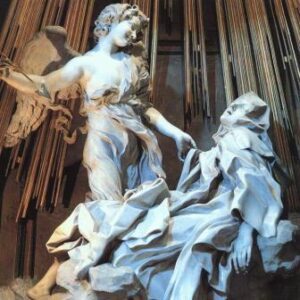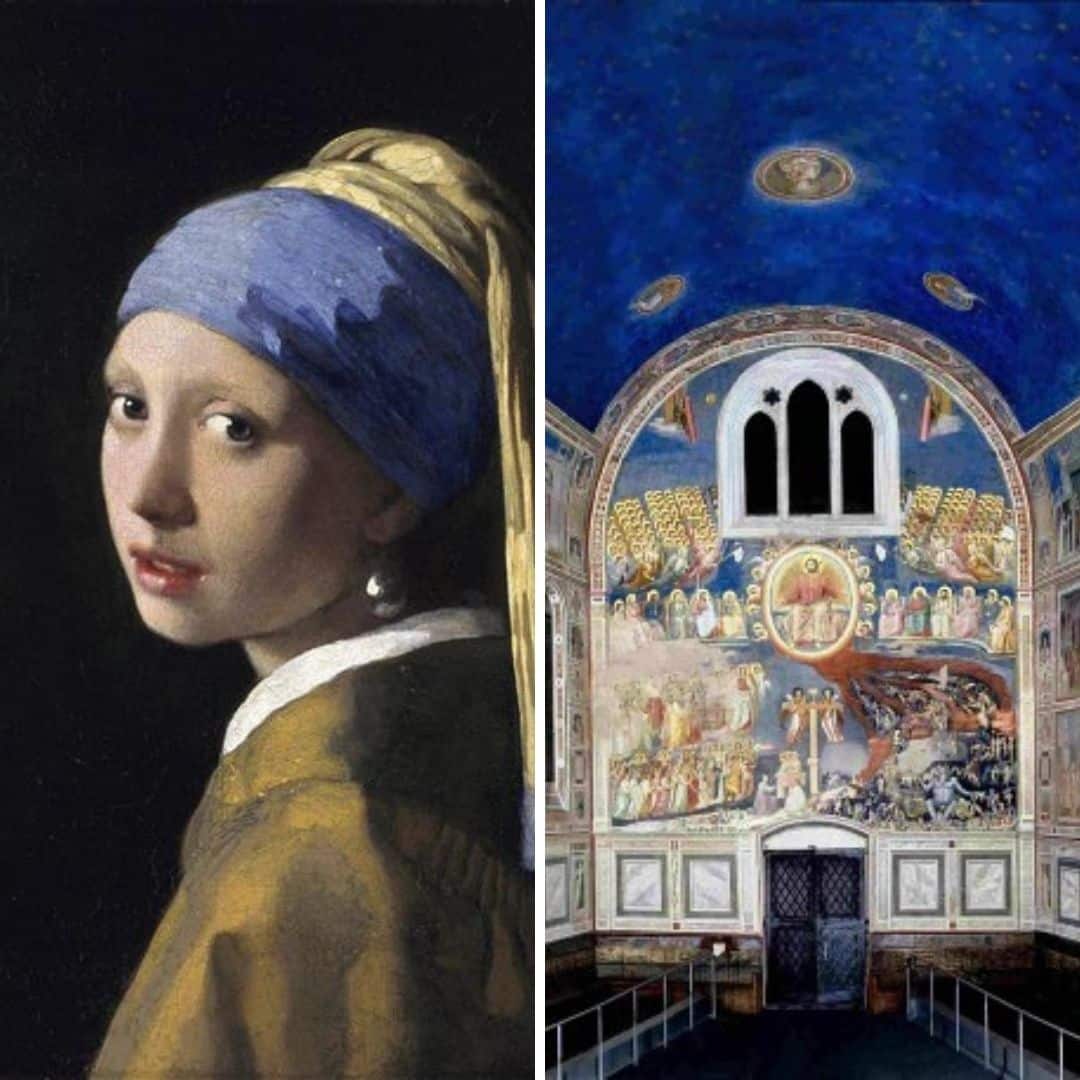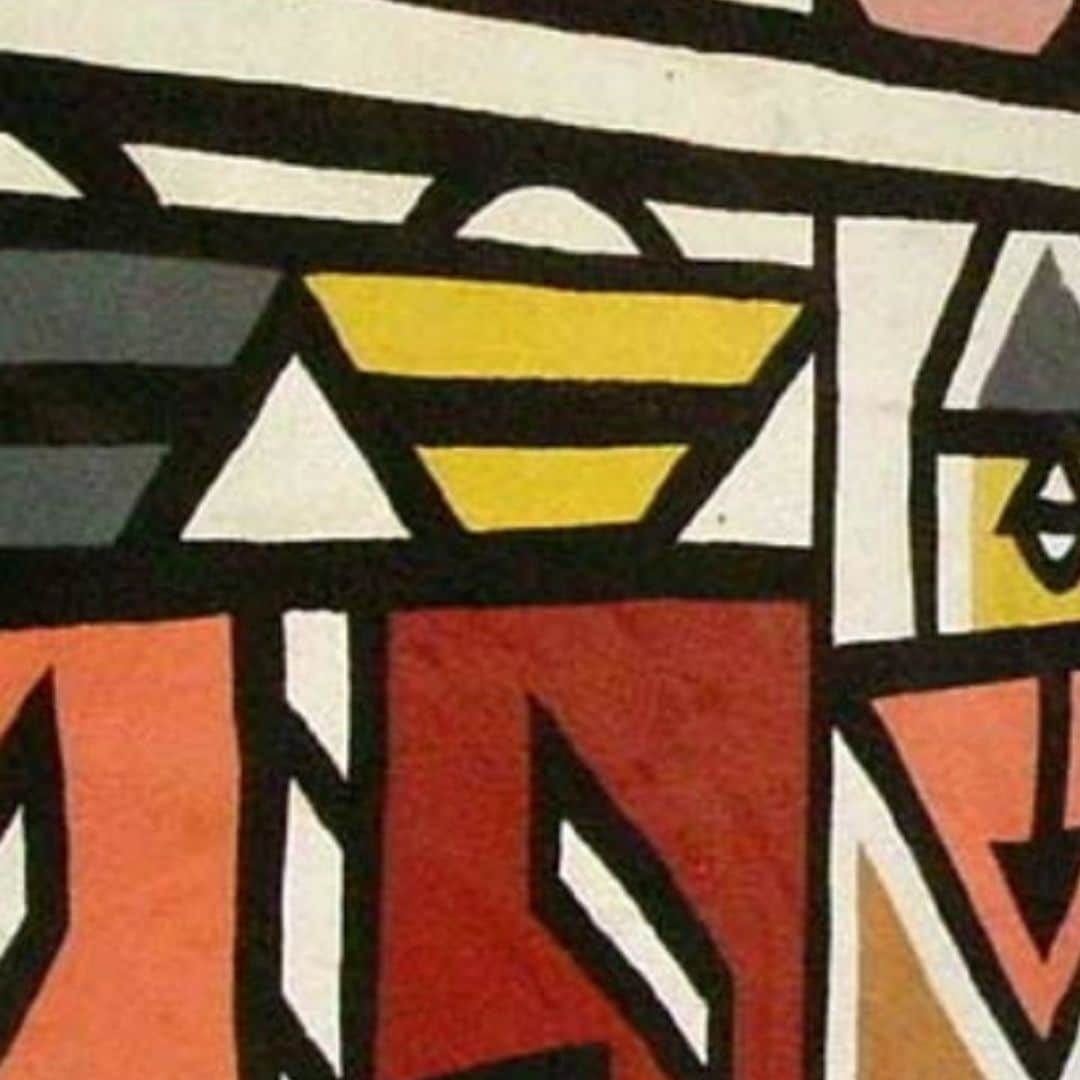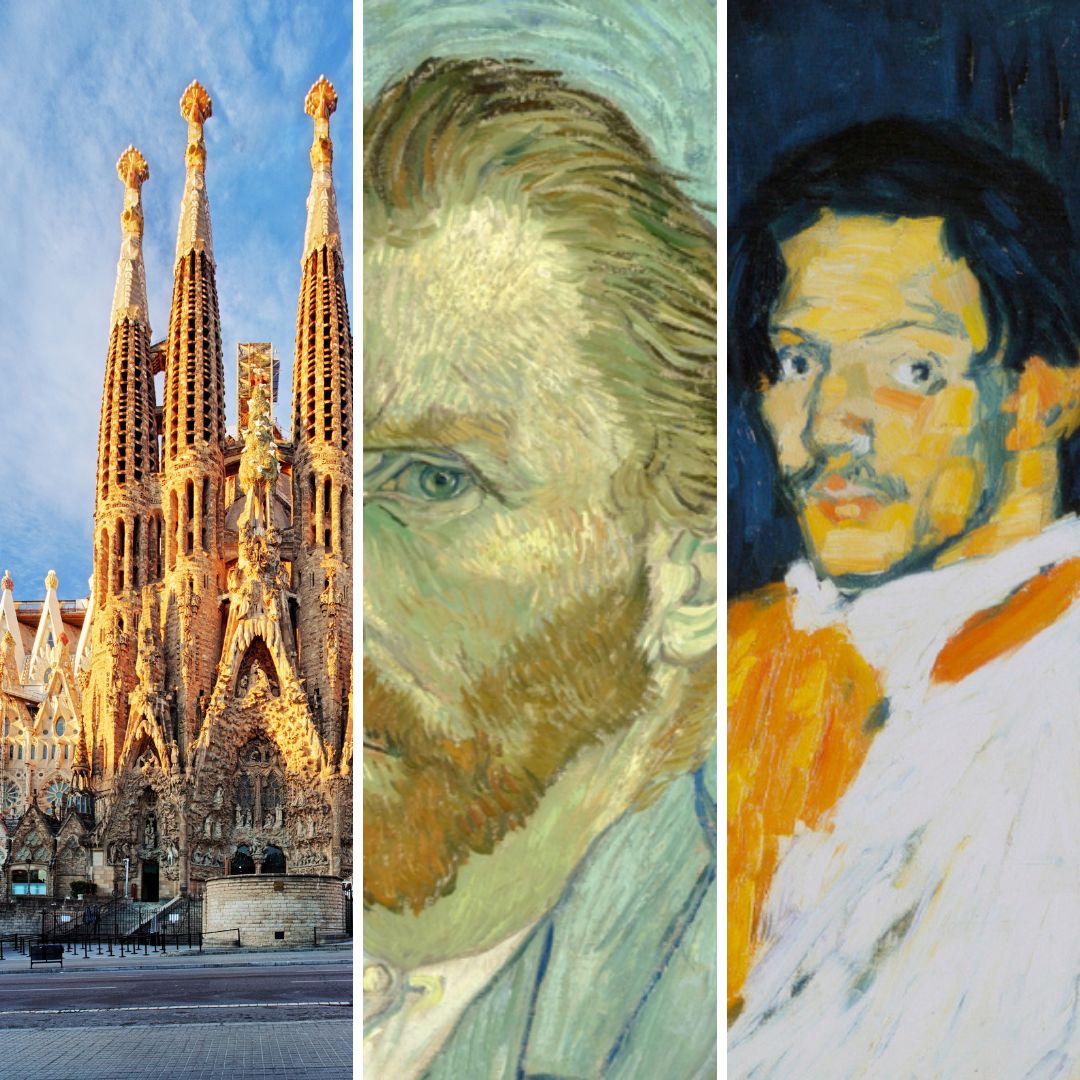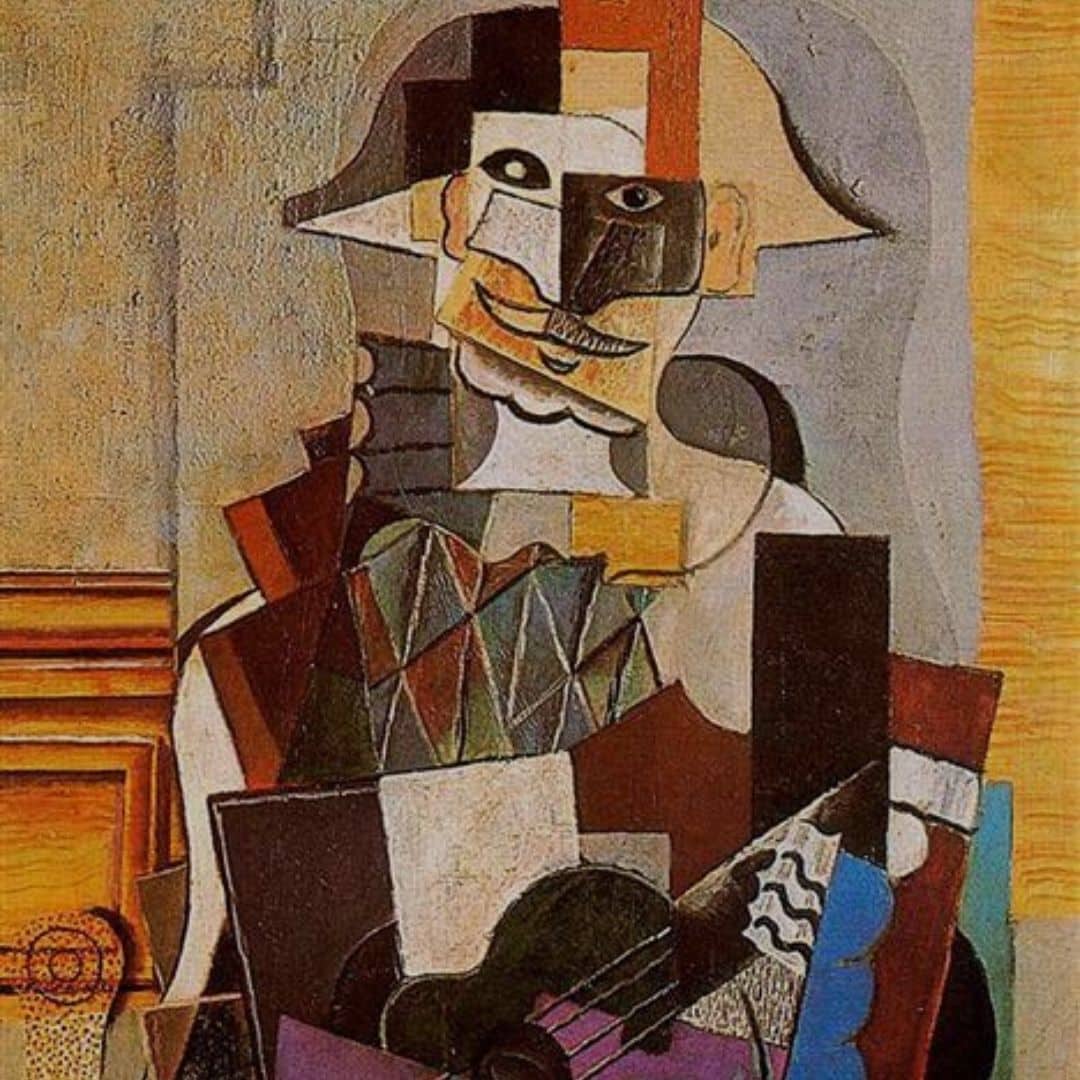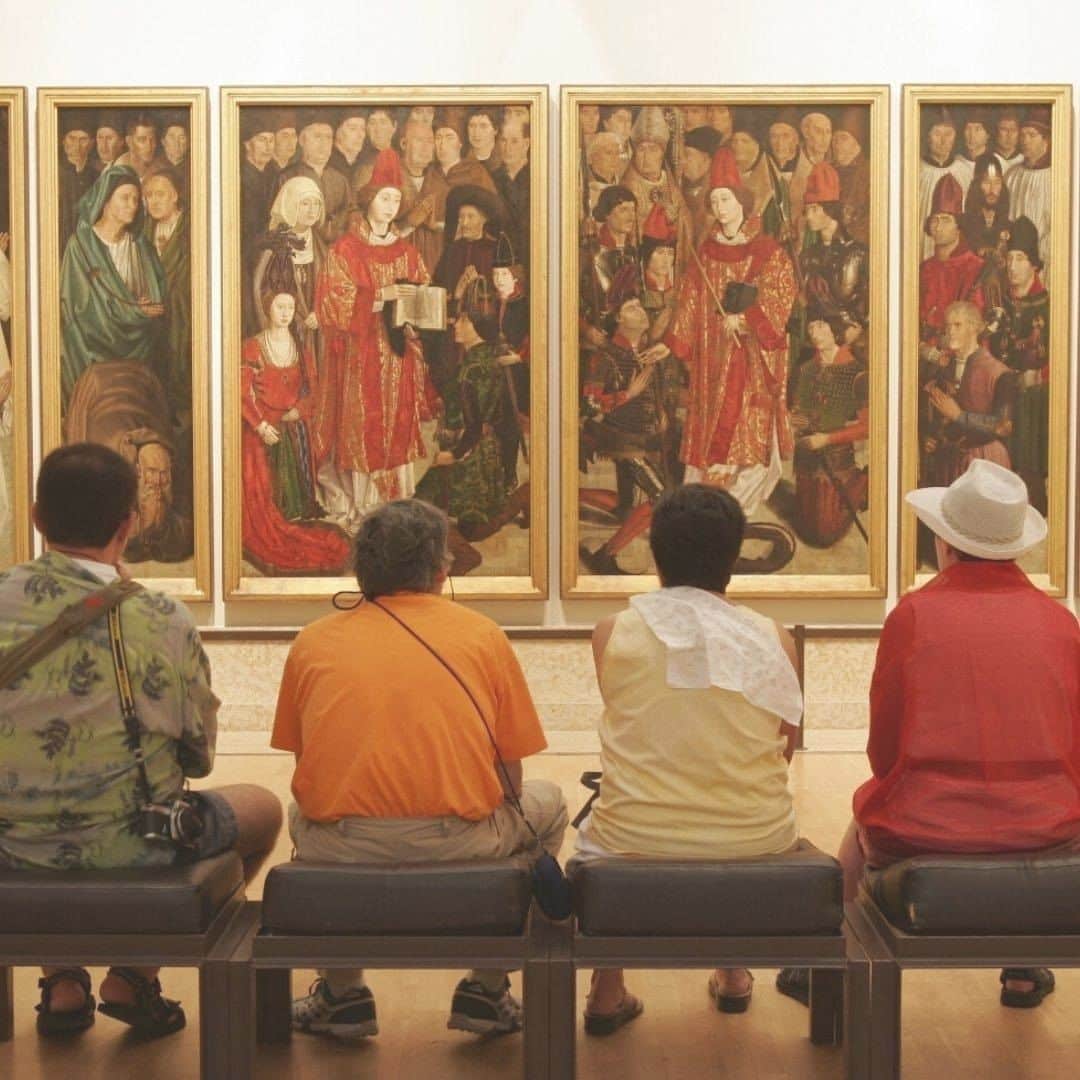Get to know who was St Teresa of Avila and how to identify her in art.
In this post learn how to identify the representations of St Teresa of Avila by her attributes.
Saint Teresa was a very important personality of the history of the Church and she she was recognized as Doctor of the Church.
Who was St Teresa of Avila

Probably the most faithful portrait of St. Teresa. It is a copy of an original painting of her made in 1576, when she was 61 years old. (Source: Wikicommons)
Teresa de Cepeda y Ahumada was born on March 28, 1515 in the city of Avila, Spain.
Known as Santa Teresa d Avila or Santa Teresa de Jesus had an important role in the religious life of the XVI.
She was a reformer having founded the New Order of the Carmelites – Discalced Carmelites – (embracing the primitive rule of the carmel order).
She founded about 15 convents in Spain.
With St John of the Cross she founded monasteries of barefooted Carmelite brothers. She wrote several mystical texts.
She was canonized in 1622 and proclaimed a Doctor of the Church on September 27, 1970.
Identification of characters and episodes in works of art
By Yolanda Silva, author of the online course Iconography of the Saints.
In the context of Art History , the careful description and interpretation of artistic objects allows us to see something more than what is immediately presented.
The use of attributes (associated objects or symbols) came alongside a need to identify the religious characters before a mostly illiterate audience.
In the beginning, we can still find the names of the Saints painted on their halo or on the filacterium (a silk band that usually carries a message and can be across the chest, at the bottom of the figure).
However, the use of signs or symbols, as was tradition in pagan religions, proved much more efficient, having been more accepted over time.
The Saint was this way singled out by his/hers physical aspect, clothing, weaponry, accompanying animals or other symbols related to their life story.
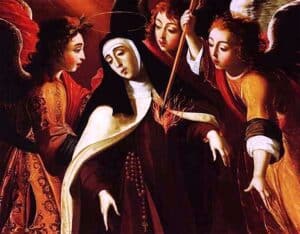
Transverberation of Santa Teresa Josefa de Óbidos, 1672
Learn more about the representations and and attributes of the saints in art in the online course Iconography of the Saints.
We can distinguish a Saint by two aspects:
– their characteristics – referring to physical appearance and clothing;
– their attributes – the elements of various kinds that generally relate to their condition, occupation, life history or martyrdom.



